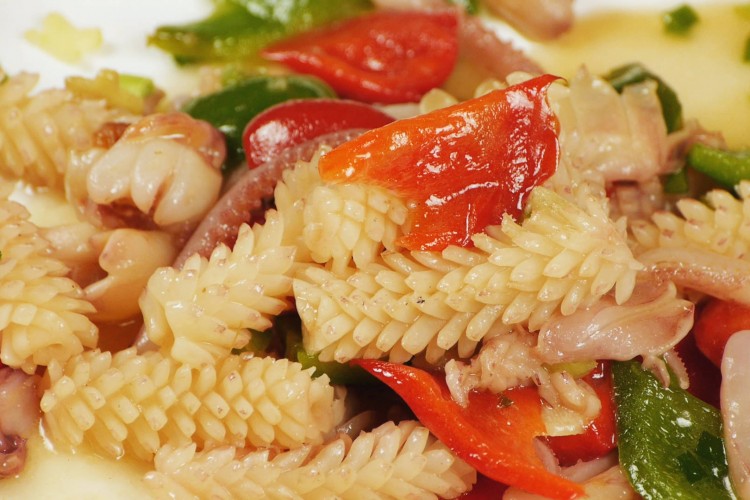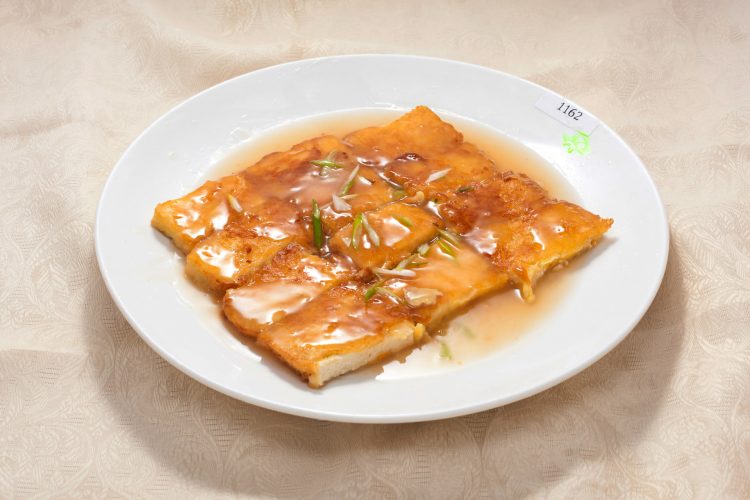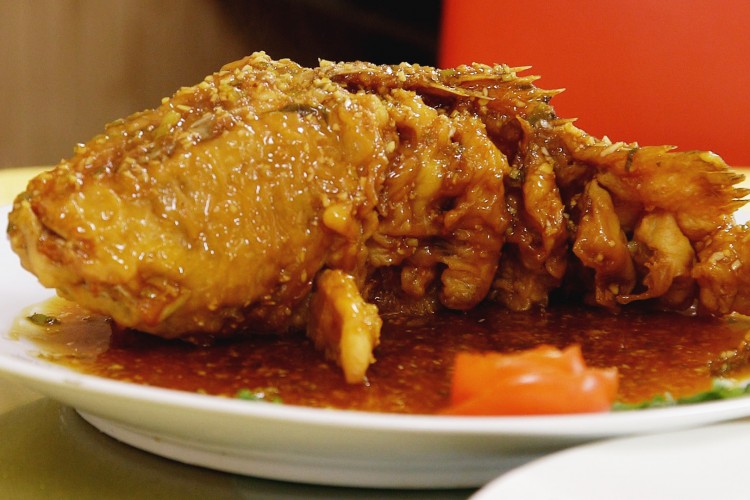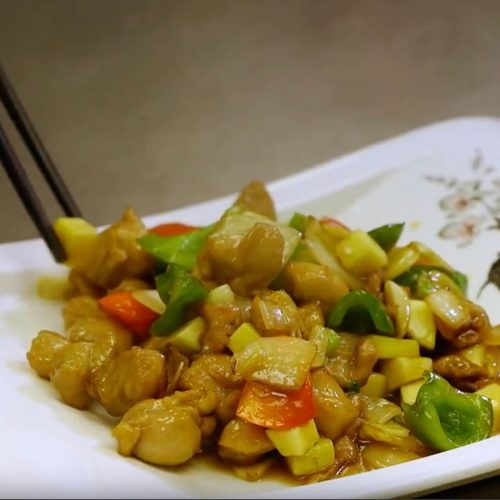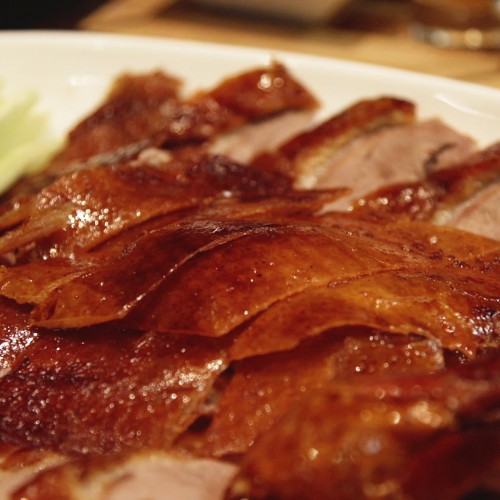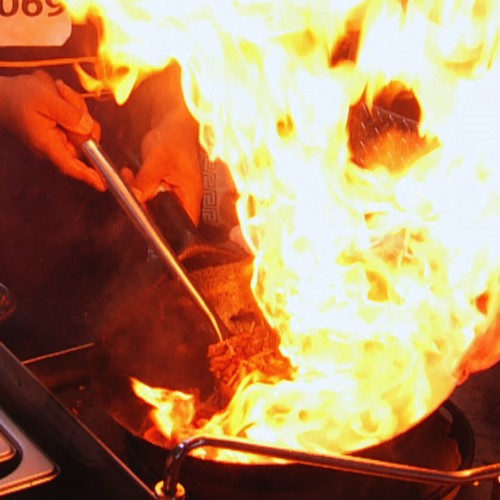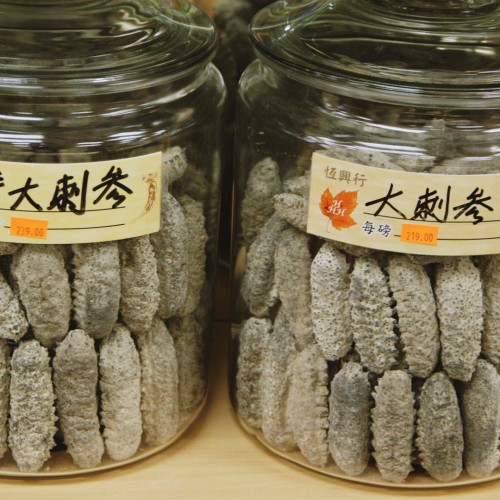Shandong Cuisine
The cuisine of Confucius

Shandong Cuisine
Shandong, also known as Lu, cuisine is considered one of the most influential schools in Chinese cuisine, with the majority of the culinary styles in China having developed from it. Modern cuisines in Northern China – Beijing, Tianjin and the northeastern regions – are all branches of Shandong cuisine.
- Quick fry squid
- Braised sea cucumber with Beijing scallions
- Wok marinated tofu
- Sweet and sour grouper
Shandong dishes:
- Are famous for their wide selection of ingredients and use of over 30 different cooking methods, including bao (quick frying), liu (quick frying with corn flour), pa (stewing), roasting or boiling techniques
- Usually taste pungent due to condiments such as sauce paste, onion and garlic
- Emphasize soup
- Can be crisp, tender, delicious and greasy with salty and some sweet and sour flavors
- Use salt as their main condiment, but also us salted fermented soybeans and soy sauce
- Use sugar and honey to cook and crystalize fruit
Typical dishes in most Northeastern Chinese households’ meals are prepared using simplified Shandong methods.
Tidbits
-
Shandong Region
Tidbits[ssba url="https://confuciuswasafoodie.com/tidbits/shandong-region/" title="Shandong Region"]
-
Five Flavours
Tidbits[ssba url="https://confuciuswasafoodie.com/tidbits/five-flavours/" title="Five Flavours"]
-
Shandong Cuisine
Tidbits
Shandong Cuisine
[ssba url="https://confuciuswasafoodie.com/tidbits/shandong-cuisine/" title="Shandong Cuisine"] -
Peking (Beijing) Duck
Peking Duck is a famous duck dish from Beijing which has been prepared since the imperial era. The dish...
Tidbits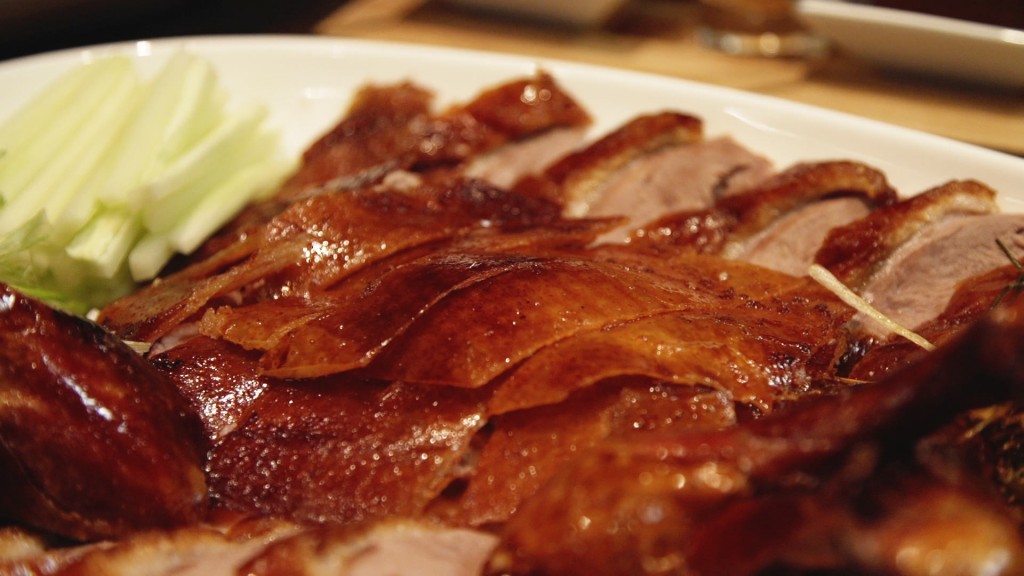
Peking (Beijing) Duck
Peking Duck is a famous duck dish from Beijing which has been prepared since the imperial era. The dish is prized for its thin, crisp skin. The meat is eaten with scallion, cucumber and sweet bean sauce with pancakes rolled around the fillings. Sometimes pickled radish is also inside, and other sauces (like hoisin sauce) can be used.
After a lengthy preparation, which includes soaking in boiling water to remove the fat, hanging to dry, glazing then standing for 24 hours, the duck is roasted in either a closed or hung oven until it turns shiny brown.
A closed oven is built of brick and fitted with metal griddles. The oven is preheated by burning Gaoliang sorghum straw at the base. The duck is placed in the oven immediately after the fire burns out, allowing the meat to be slowly cooked through the convection of heat within the oven.
The hung oven was developed in the imperial kitchens during the Qing Dynasty and is designed to roast up to 20 ducks at the same time. It has an open fire fueled by hardwood from peach or pear trees. The ducks are hung on hooks above the fire and roasted at a temperature of 270 °C (525 °F) for 30–40 minutes.
The cooked Peking duck is traditionally carved in front of diners and served in three stages. First, the skin is served dipped in sugar and garlic sauce. The meat is then served with steamed pancakes, spring onions and sweet bean sauce. Several vegetable dishes are provided to accompany the meat. Diners spread sauce, and optionally sugar, over the pancake, which is then wrapped around the meat with the vegetables and eaten by hand. The remaining fat, meat and bones may be made into a broth, served as is, or the meat chopped up and stir fried with sweet bean sauce.
[ssba url="https://confuciuswasafoodie.com/tidbits/peking-beijing-duck/" title="Peking (Beijing) Duck"] -
Bao Stir Fry Technique
In the eighteenth and nineteenth centuries, the bao technique of stir-frying on a high flame was typical of cuisine...
Tidbits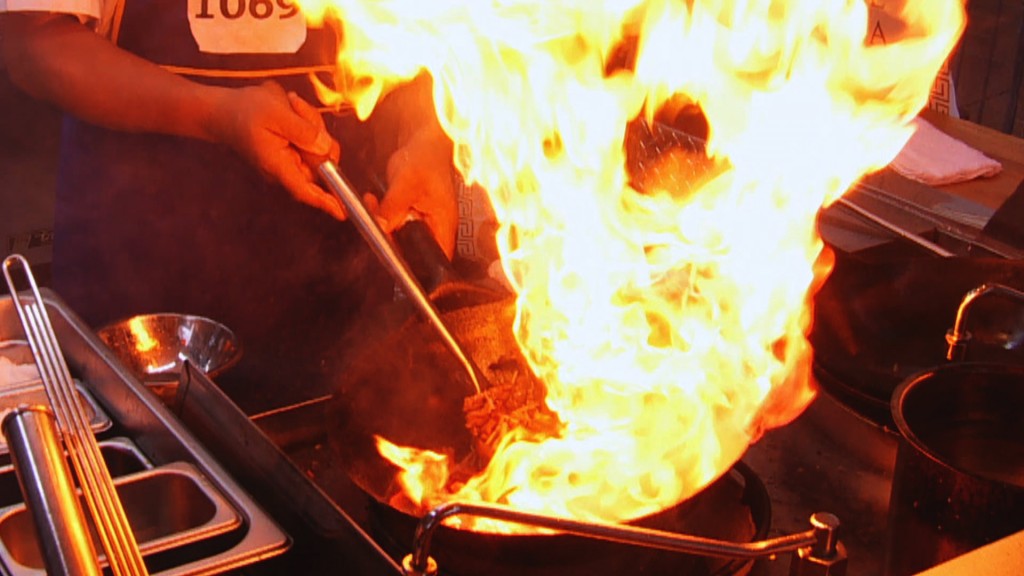
Bao Stir Fry Technique
In the eighteenth and nineteenth centuries, the bao technique of stir-frying on a high flame was typical of cuisine from the northern Chinese province of Shandong. The wok is first heated to a dull red glow over a high fire. A larger amount of cooking fat with a high smoke point, such as refined plant oils, is added to the heated wok along with seasonings and the main ingredients, which are cut into smaller pieces to aid in cooking. The food is continually tossed, stopping only to add other ingredients such as broths, vegetables, or more seasonings. Because of the high heat, bao is ideal for small amounts of food that cook quickly, so the juices do not flow out of the items. When the food is cooked it is poured and ladled out of the wok. The wok must then be quickly rinsed to prevent food residues from charring and burning to the wok bottom because of residual heat.
[ssba url="https://confuciuswasafoodie.com/tidbits/bao-stir-fry-technique/" title="Bao Stir Fry Technique"] -
Sea Cucumber
Sea cucumbers are marine animals which are regarded as delicacies in most cultures in East and Southeast Asia. They...
TidbitsSea Cucumber
Sea cucumbers are marine animals which are regarded as delicacies in most cultures in East and Southeast Asia. They are found in a number of dishes and can be used in fresh or dried form. In most dishes they have a slippery texture. Common ingredients that go with sea cucumber dishes include winter melon, dried scallop, kai-lan, shiitake mushroom, and Chinese cabbage. In Chinese cuisine they are often used as an ingredient in soups or stews.
Those destined for food are traditionally harvested by hand from small watercraft. They are generally dried for preservation, although a fresh form can be used for cooking. Dried sea cucumbers must be rehydrated by boiling and soaking in water for several days.
The preparation of fresh sea cucumber is complex due to them having little to no taste, being full of sand and having a remarkably fishy smell. For these reasons, it is also the most difficult ingredient to prepare well. Much of the preparation of fresh sea cucumber goes into cleaning and boiling it, then stewing it in meat broths and extracts to infuse each one with flavour.
Chinese folk belief attributes male sexual health and aphrodisiac qualities to the sea cucumber. It is also considered a restorative for tendonitis and arthritis.
[ssba url="https://confuciuswasafoodie.com/tidbits/sea-cucumber/" title="Sea Cucumber"]

